Lesson 5
What’s the difference between web 2.0 and web 3.0 development?
Moving from centralized to decentralized
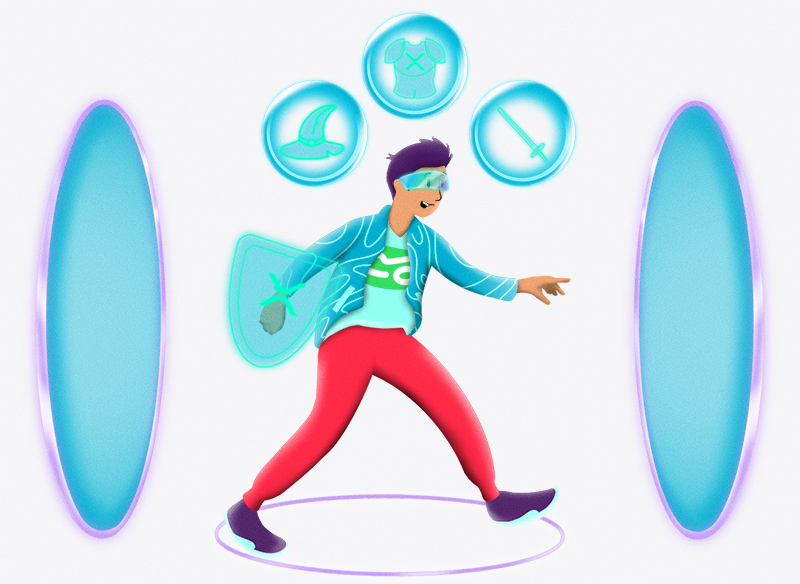
Building on web 3.0 offers new challenges and opportunities that are different from those in web 2.0. With blockchain technology, developers can create decentralized applications that are secure, transparent, and not controlled by any single entity. Let’s look at how the web has evolved over the years and what makes web 3.0 so different.
Web 1.0
Representing the first version of the internet, web 1.0 saw the development and release of HTML, CSS, and JavaScript. People could now get the information they needed with just a few clicks.
Web pages were static and there was little in the way of content contribution or user interaction, which is why web 1.0 is sometimes referred to as the ‘read-only’ web era.
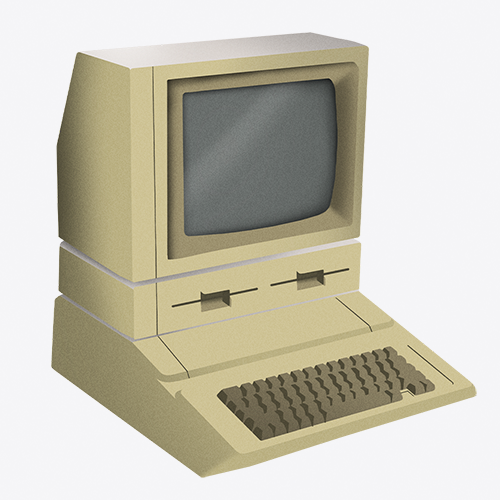
Web 2.0
The second generation of the web brought us social media, blogs, and other user-generated content. It became possible for users to create their own content and share it with the world, which is why this time is coined as the ‘social web’ era. Web pages became more dynamic and personalization became possible with the advent of cookies, which allowed websites to store information about user preferences. While users could now interact with content, they were still limited to doing so within the confines of centralized applications. Their data wasn’t owned by them and they had little control over how it was used.
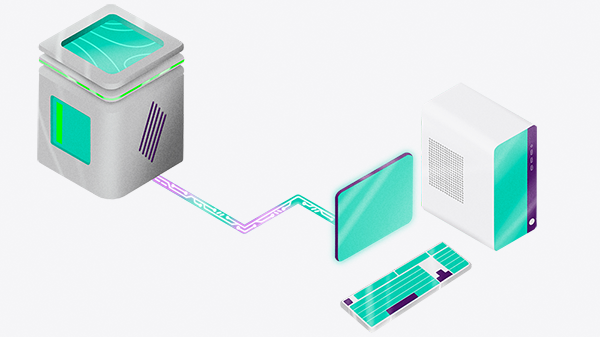
Web 3.0
The next generation of the web is being built on the blockchain. With blockchain, developers can create decentralized applications that don’t require a central server or third-party service. This allows for a more secure and resilient web that isn’t reliant on any single point of failure. And the apps share a common backend. Developers are excited about this new architecture as it allows ownership and tracking of digital items across distinct applications.
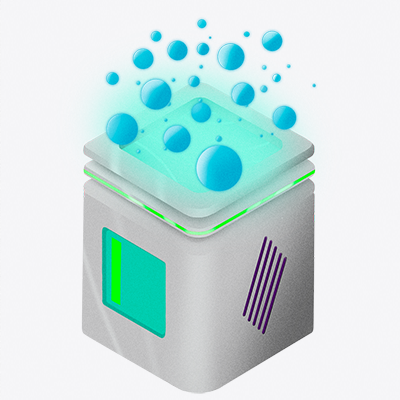
Web3’s decentralized application development
While web 1.0 allowed us to read content and the emergence of web 2.0 allowed anyone to create their own content, web 3.0 actually enables these creators to OWN their content.
Web applications have traditionally been centralized. This means that there is a central server that stores all of the data and manages all of the computations. The client, or user, interacts with this central server to access the information or application.
With decentralized applications, there is no central server. The data and computations are distributed among many different nodes in the network.
Not only does this make the application more secure (since there is no single point of failure), but it also opens up new possibilities for how data is stored and shared, as well as how users can monetize their content.
Popular use cases: payments, decentralized finance, gaming, NFTs
The emergence of web 3.0 has led to the development of use cases that were simply not possible with traditional web technologies.
Payments in decentralized finance (DeFi)
With blockchain, we can now send and receive payments without the approval of a central authority, like a bank or government. This enables peer-to-peer transactions that are fast, cheap, and secure.
Blockchain has also enabled the development of decentralized finance protocols, which allow users to lend, borrow, manage, and trade cryptocurrencies without the need for a centralized intermediary.
Gaming
Blockchain introduces a more decentralized gaming experience where players have full ownership of their in-game assets. These assets can be traded or sold on secondary markets, giving players real-world value for their time and effort.
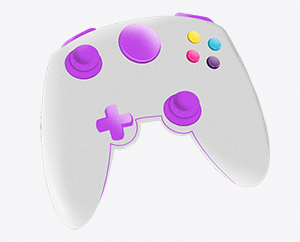
NFTs
Non-fungible tokens (NFTs) are unique digital assets that are stored on the blockchain. NFTs can be used to represent anything from digital art to in-game items. As such, they are changing the way we think about ownership and value in the digital world.

How can my skills as a developer translate to blockchain/web 3.0?
If you’re a developer, you may be wondering how your skills can translate to the blockchain and web 3.0 spaces. The good news is that there is a lot of overlap between the two, and your skills are in high demand.
What programming languages are used in web 3.0?
The exact skills you need depend on the blockchain you want to build on, as well as the specific application you want to build. For example, if you’re interested in developing smart contracts, you’ll need to be proficient in a specific smart contract programming language like Solidity or Rust.
Developing on Ethereum requires knowledge of its unique programming language, Solidity. However, if you’re more interested in building decentralized applications (dApps), you can use a variety of programming languages to do so.
A key difference between Ethereum and the XRPL is that the latter doesn’t use smart contracts. This means that developers who want to build on the XRPL can do so with a wider range of programming languages.
Key differences in development
Although they are different, the foundation remains the same—they are basically websites or apps on the internet. So if you know how to design a sleek website on web 2.0, you’re in a great position to do the same on web 3.0. The front-end will require the same skills and effort, but while web 2.0 apps rely on centralized servers for the backend, web 3.0 apps use an open public infrastructure as the backend. Other important differences lie in how data is handled.
Authentication
Usually, you would handle passwords and login information on a centralized server. With web 3.0, authentication is done using the same cryptographic keys that are use to send transactions on a blockchain. Data is stored directly on the blockchain and other public networks, enabling out of the box interoperability.
Traceability
Blockchain data is immutable, meaning every transaction is recorded and cannot be changed.
If you’re a developer who believes that there is a better, faster, more secure architecture for internet apps where users are in control of their digital property, web 3.0 development is for you.
